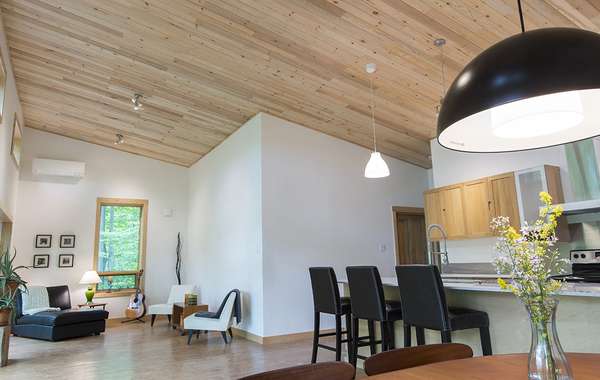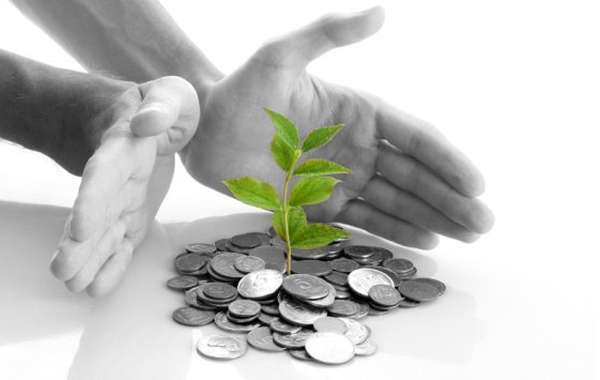After certifying its first LEED project in 2005, the CaGBC collected data over the next eight years, measuring the direct impact LEED Canada made on various aspects of the environment, including greenhouse gas emissions, national energy and water consumption and waste diversion. The results were compelling:
A 312,006 C02e tonne reduction in greenhouse gas emissions which equates to taking 58,980 cars off the roads for a year.
- Energy savings of 1,600,321 eMWh, enough to power 54,307 homes in Canada for a full year.
- Home water conservation strategies that resulted in saving over 3.3 billion litres, the equivalent of 1,336 Olympic sized swimming pools.
- Recycling over 2 million tonnes of construction/demolition waste, or enough to fill 639,642 garbage trucks.
- Installing 100,239 sq metres of green roofs, or an area the size of 66 NHL hockey rinks. Green roofs reduce the urban heat island effect, reduce building energy demands, provide urban green space and mitigate storm water flows in urban areas. See our DIY Green roof installation video here.
In a statement issued by the Canada Green Building Council, President and CEO Thomas Mueller stated:
"I am very proud of how far we’ve come; it is a testament to the growth of the Canadian green building industry which has embraced LEED over the past decade."
Celebrating how far the program has come yet continuing to push for growth, Mueller continues,
"Canada is now considered one of the global leaders in green building with some of the most innovative and advanced buildings in the world. But we cannot become complacent in the wake of the progress we have made. We need to strive to design buildings that are not only sustainable but regenerative, and make more inroads in the retrofit and operations of existing buildings to counteract the steady decline of ecosystem health worldwide."
Now that you know green building trends. Find more pages about sustainable and resilient green building techniques here on these pages and in the Ecohome Green Building Guide pages
See here to learn about the benefits of a free Ecohome Network Membership, see here. |







































Comments (0)
Sign Up to Comment